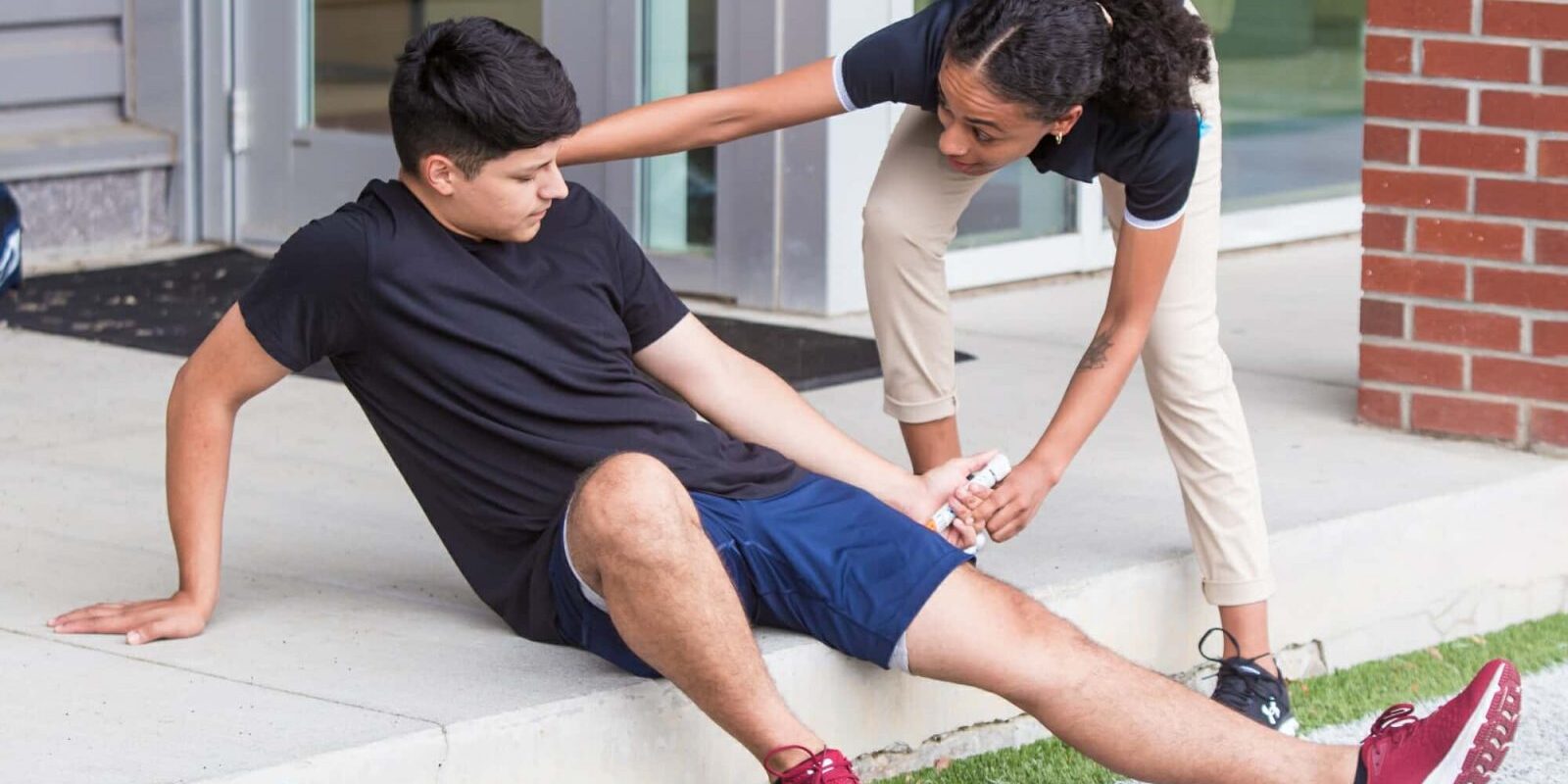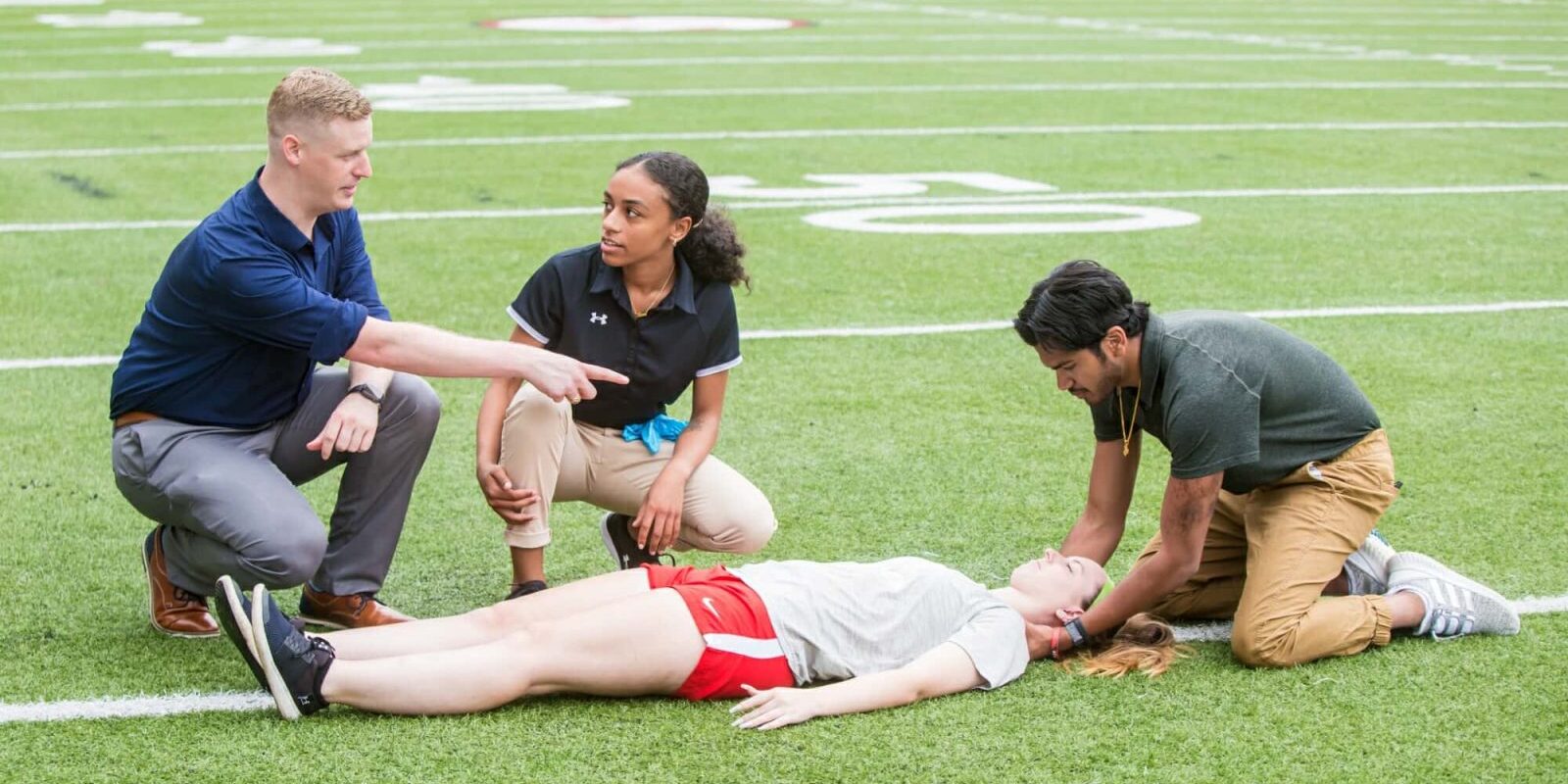
Advancing the Athletic Training Profession
-
Master's Degrees Are The New Standard
Since fall 2022, all athletic training professional programs must be offered at the master’s degree level. This shift elevates the profession with updated accreditation standards and enhanced educational content, solidifying the athletic trainer’s role as a trusted healthcare provider.
-
Shifting Perceptions of Athletic Trainers
For years, athletic trainers were often misrepresented as taping technicians or providing game-day support. This outdated perception neglected the critical aspects of their work — guiding patients through their full health journey, from prevention and acute care to recovery and rehabilitation.
Today, athletic trainers are recognized as comprehensive healthcare providers. Helping prospective students understand this full scope ensures they see the true impact athletic trainers have on patient care and overall well-being.
Athletic Trainers are now seen as healthcare providers — as they should be. We hope to help you understand how to explain the profession in full so that prospective students have a complete understanding of how ATs work with their clients and patients.
-
A Field Growing Faster Than Most
The demand for athletic trainers continues to rise. According to the U.S. Bureau of Labor Statistics, employment for Athletic Trainers is projected to grow by 13% between 2023 and 2033—much faster than the average growth rate for other occupations. This trend highlights the increasing value and opportunities within the profession.
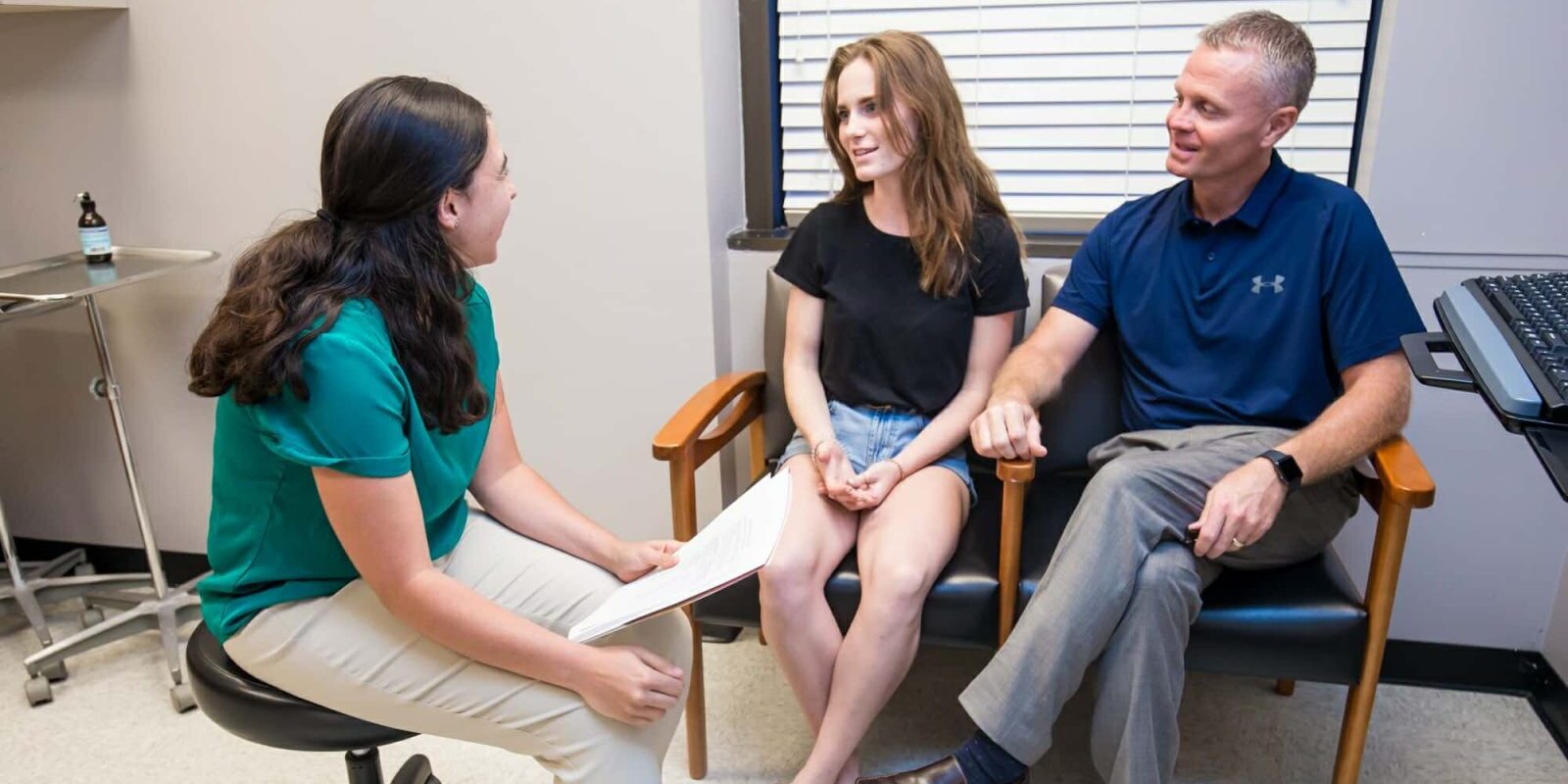
Advising Prospective Athletic Training Students
The challenge of advising prospective athletic training students isn't just identifying what they really want to do. It's also how YOU get the right information so that you can correctly, accurately guide them along their journey. With the many changes in athletic training education, this can be a daunting task.
Follow the path below that matches your advisee type:
Advising Prospective Athletic Training Students
Determining if Athletic Training is the Right Fit
Athletic training is ideal for students passionate about healthcare and physical activity. It’s a dynamic field offering opportunities to work with athletes, military and public safety personnel, performing artists, and industrial employees in physically demanding roles. Athletic Trainers (ATs) assist patients across the entire lifecycle—from injury prevention to urgent care and rehabilitation.
The U.S. Bureau of Labor Statistics projects 13% employment growth from 2023 to 2033, far above the average for other fields.
Learn About The CareerUnderstanding the Educational Pathways
Students can enter master’s programs in athletic training through two main routes:
- Undergraduate Entry: Early assurance (EA) programs combine a bachelor’s and master’s degree in five years (3+2 programs).
- Post-Baccalaureate Entry: Students with a bachelor’s degree must complete prerequisite courses (e.g., biology, chemistry, anatomy) and may need GRE scores or observation hours. You can find the complete list of CAATE-accredited programs here.
Encourage students to choose the pathway that best aligns with their goals and timeline.
Finding the Right Program
Choosing the Right Athletic Training Program
Guide students to choose programs accredited by the Commission on Accreditation of Athletic Training Education (CAATE), which is essential for eligibility to take the Board of Certification (BOC) exam.
Key factors to consider include program cost, location, and job placement rates. Resources like the AT Program Map can help students identify suitable programs tailored to their needs.
Preparing for the Application Process
Students should prepare for competitive applications, which often include:
- Prerequisite coursework
- Letters of recommendation
- Observation hours
- Essays and interviews
Some programs use the Athletic Training Centralized Application System (ATCAS), while others may have institution-specific applications. Encourage students to stay organized and track deadlines carefully.
Helping Students Make Informed Decisions
When students receive offers, help them weigh factors such as:
- Program cost
- Start dates
- Job placement outcomes
- Student and alumni satisfaction
Encourage them to contact current students or alumni to gain firsthand insights into their experiences.
After Graduation
Completing a CAATE-accredited program qualifies students to take the BOC exam, typically during their final term of enrollment, ensuring no delays in job placement. Graduates must also apply for a state credential to practice legally, with requirements varying by state.
Once certified by the BOC and credentialed, graduates can begin working as Athletic Trainers. However, their journey doesn’t end there. Continuing education is essential to maintaining skills
Advising Active Athletic Trainers
Start by Considering All Career Options
Athletic Trainers (ATs) have diverse roles in schools, colleges, hospitals, clinics, military, and law enforcement. Many ATs shift practice areas as interests and opportunities grow.
For career advancement, options include:
- Doctoral Programs: Transition into roles as scholars or advanced practitioners.
- Residencies and Fellowships: Gain specialized expertise through hands-on training.
- Specialty Certifications: Distinguish skills in specific practice areas.
Consider Specialty Certifications
Specialty certifications from the Board of Certification (BOC) enhance career opportunities by improving working conditions, compensation, and professional recognition. The first certification is in Orthopedics, with more planned.
ATs may pursue certifications to specialize, gain respect for their expertise, and stand out in the field.
Pursue a Doctoral Degree
Athletic Trainers can advance their careers by pursuing either:
- Academic Doctoral Degrees (PhD or EdD): For those aiming to teach or conduct research.
- Doctor of Athletic Training (DAT): For clinicians seeking deeper workplace knowledge and leadership roles. A DAT focuses on advanced clinical practice and advancing the profession.
Explore Residency Programs
Residency programs accredited by CAATE combine hands-on clinical work with mentorship in specialized areas. Residents gain supervised experience as full-time employees, similar to other healthcare professions.
Residencies can lead to specialty certifications and help ATs develop advanced clinical expertise while aligning with their career goals.
International Work & Degrees
Athletic Trainers aiming to work abroad should research if the profession is recognized, job opportunities exist, and visa requirements. Networking with local ATs can help.
The International Arrangement (IA) allows ATs in the U.S., Britain, Ireland, and Canada challenge credentialing exams in participating countries. Recognized organizations include ARTI, BOC (USA), CATA, and BASRaT.
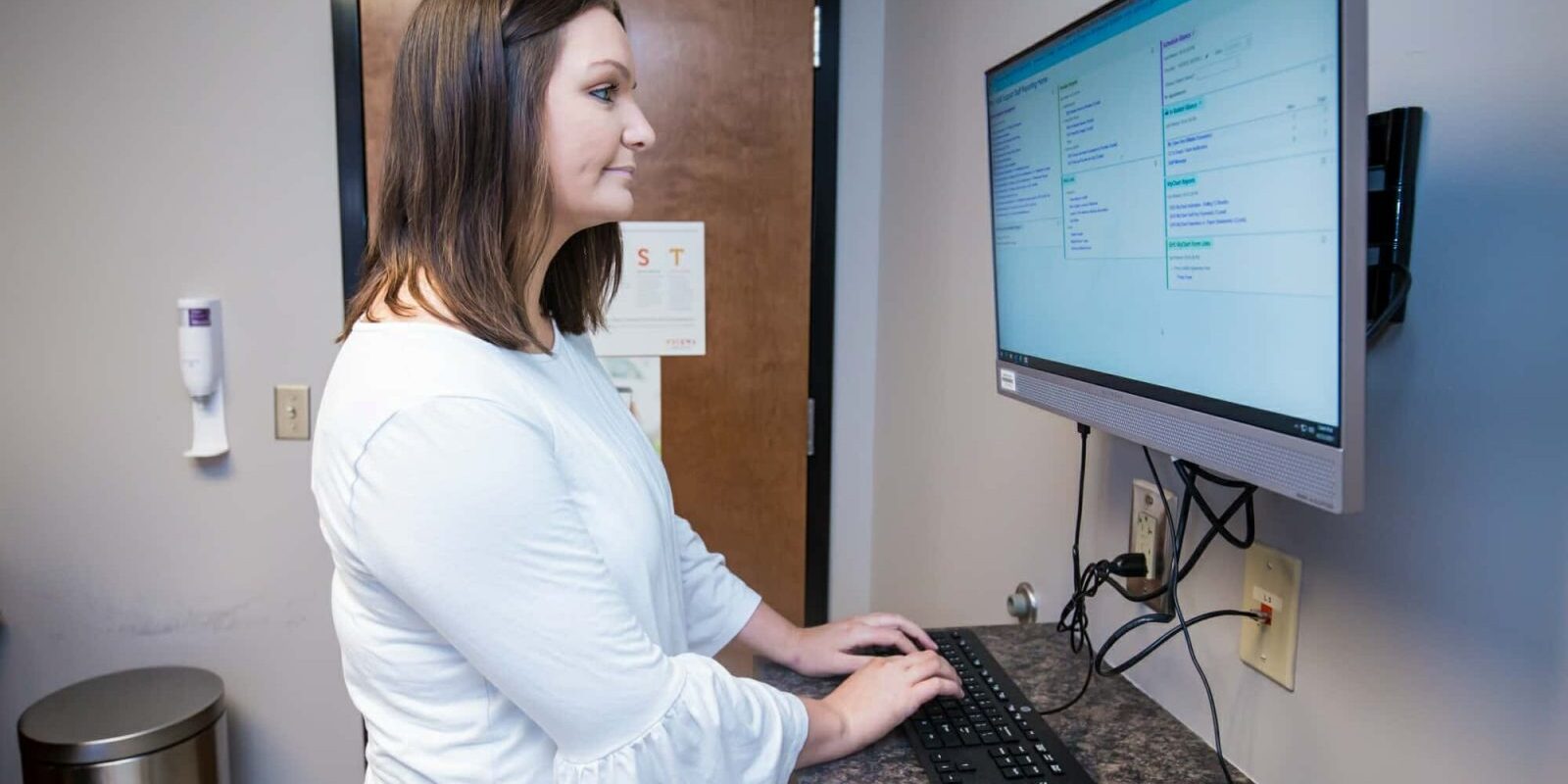
What To Understand As An Advisor
Athletic Training is a patient-centered healthcare profession that connects with patients throughout their lifecycle. That means before injuries occur for prevention, when emergencies happen for emergency care, and after, during recovery from an injury.
It also is a perfect career for a student who wants a dynamic future that combines passions for healthcare and sport. For students who clearly articulate they want to work in sport, yet remain in healthcare, it’s a clear fit. For others, explore further their interests in different pathways and being with patients throughout their activity lifecycles (before, during, and after injury or illness).
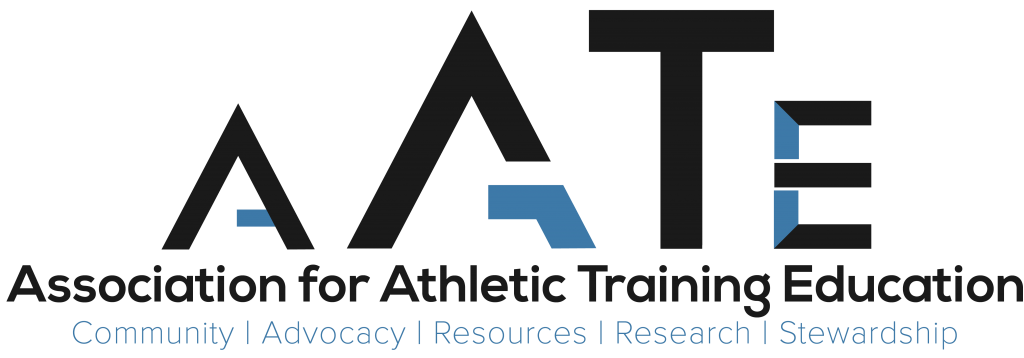
Get To Know The AATE
The Association for Athletic Training Education (AATE) is the party behind AT Each Moment. The AATE serves as a voice and resource for athletic training education programs and works with member institutions to advocate for the profession, foster a community, conduct research, and provide resources to elevate the Athletic Training field.
AATE has additional information on its website about association membership, the annual colloquium, research initiatives, and jobs available in athletic training education.
